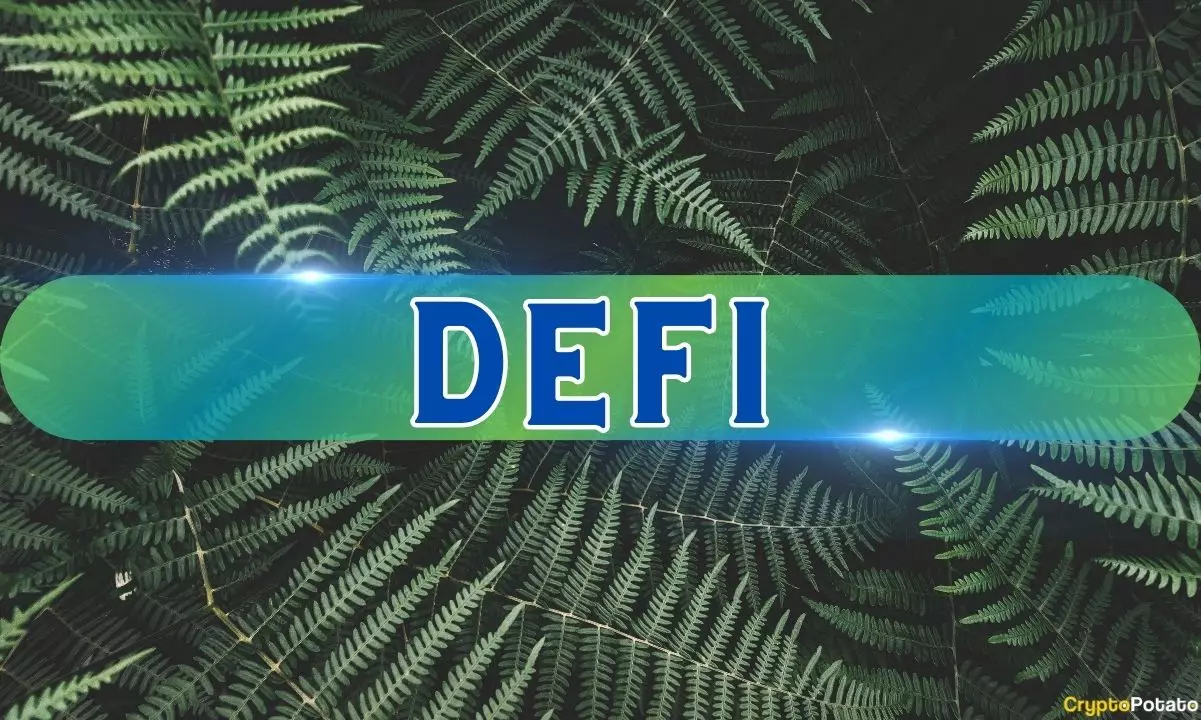The decentralized finance (DeFi) sector is currently experiencing a significant resurgence, showing growth in key metrics such as active loans and total value locked (TVL) from their lows in 2023. DeFi lending plays a crucial role in enabling investors to lend their crypto assets in exchange for interest, serving as an important indicator of DeFi participation and overall market health.
A recent report by crypto market analytics platform Token Terminal highlighted a notable increase in active loans within the DeFi sector, which have now reached approximately $13.3 billion. This surge in lending activity hints towards a potential rise in leverage within the sector, a trend often associated with the beginning of a bull market.
During the 2021 crypto bull market, active loans in the DeFi space peaked at $22.2 billion, aligning with the highs seen in Bitcoin and Ethereum prices, which reached approximately $69,000 and $4,800, respectively. However, these numbers dipped to around $10 billion by March 2022 and hit a low of $3.1 billion in January 2023.
The total value locked (TVL) in DeFi also experienced a decline last year, dropping by 80% from a peak of $180 billion in November 2021 to roughly $37 billion by October 2023. Nevertheless, according to DefiLlama, the sector has seen a resurgence, with TVL surging by approximately 160% to about $96.5 billion.
In the first half of 2024, DeFi TVL doubled, crossing $109 billion in June. Leading the way in locked value is the liquid staking protocol Lido, with a TVL of $38.7 billion. Following closely behind are the staking ecosystem EigenLayer and the Aave protocol, each boasting over $11 billion in locked assets.
Experts like Taiki Maeda, the founder of Humble Farmer Academy, have foreseen a potential “DeFi renaissance” after more than four years of lackluster performance. Maeda highlighted that many “DeFi OGs” are now considered “high float, low fully diluted valuation (FDV)” coins with promising catalysts on the horizon. He cited the DeFi lending platform Aave as an example, anticipating that it is well-positioned to outperform due to the increasing supply of its native stablecoin GHO and the Aave DAO’s efforts to reduce costs and introduce new revenue streams.
Despite the recent positive developments, data from CoinGecko reveals that DeFi assets only hold a market capitalization share of 3.4%. Native tokens for popular DeFi platforms such as Aave, Curve Finance (CRV), and Uniswap are still trading over 80% below their all-time highs. This disparity indicates that while the sector is showing signs of recovery, there are still challenges to navigate in terms of market adoption and valuation.
The resurgence of the DeFi sector is a promising sign for the crypto industry, with growth in active loans and TVL indicating renewed investor interest and participation. However, it is essential for players in the space to address key challenges such as market share and token valuations to sustain this momentum and drive further growth in the DeFi ecosystem.
















Leave a Reply